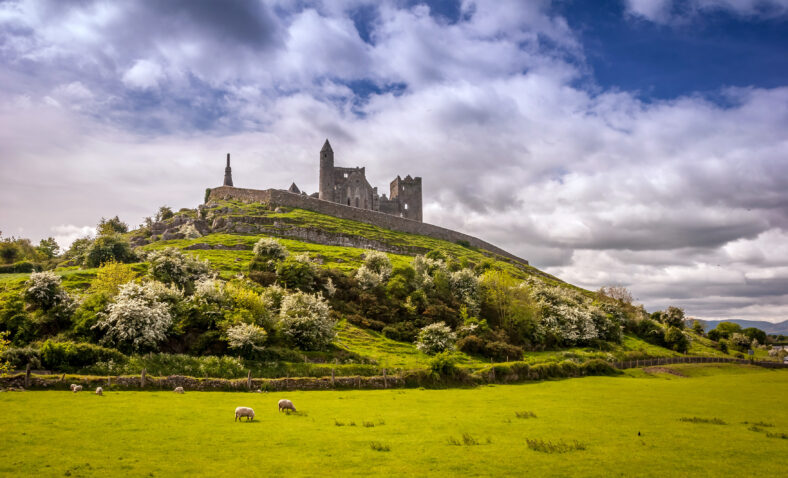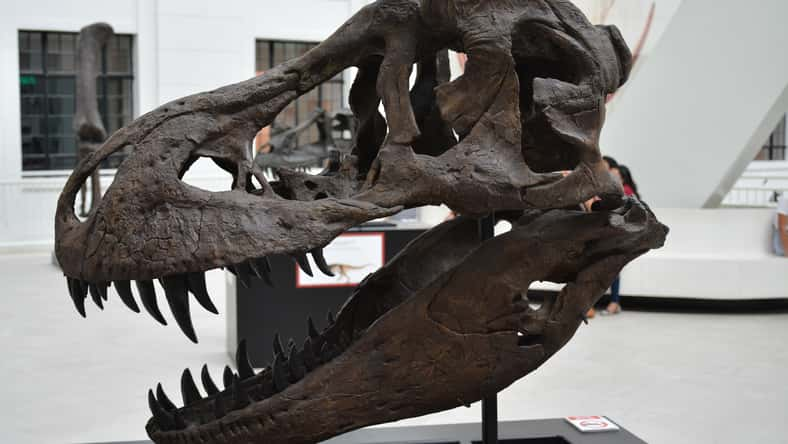
It was assumed for a long time that Stone Age tombs in Ireland were built for royalty. However, a new DNA analysis of 55 ancient skeletons from these 5,000-year-old graves suggests that they were meant for the community as a whole.
During the Neolithic period in Ireland, which lasted from around 3900 to 2500 B.C., people constructed “megalithic monuments.”
These large stone structures contained human bones and cremated remains. It was clear that the monuments represented burials, but questions of possible rituals and who was laid to rest there remained.
In the past, DNA work found that early farmers who herded cattle and grew grain were responsible for building the monuments.
The research also determined that the tombs were for ancient elite dynasties that practiced incestuous marriages.
But a more recent study has suggested that archaeologists may have been wrong about the relationships and identities of the people buried in the tombs.
The monuments could have been areas where people gathered together in different seasons to feast, work, and bury their dead.
The construction of the tombs marked a major shift away from four centuries of simpler burial practices. Four different kinds of ancient graves have been identified in Ireland, including three types used during the earlier part of the Neolithic and a fourth type known as the “developed passage tomb,” which originated around 3300 B.C.
Passage tombs were made up of a large circular mound that entered through a stone corridor. They are older than Stonehenge and even the Egyptian pyramids.

Sign up for Chip Chick’s newsletter and get stories like this delivered to your inbox.
The research team noticed that most of the individuals buried in the passage tombs were not closely related. So, they concluded that the tombs were not the final resting place for an Irish royal lineage.
They noticed the major shift in burial practices after the first four centuries of farming in Ireland when they looked more closely at the DNA evidence and the characteristics of the burials.
During the early Neolithic, the smaller, simpler tombs showed that there were smaller communities with closer biological ties.
But in the later Neolithic, when people built larger passage tombs, the individuals interred there were more genetically diverse, according to the DNA analysis.
“We argue that this reflects how the kin groups using these tombs were interacting on a larger scale and more frequently choosing to have children with others from within these extended communities,” said Neil Carlin, the lead author of the study and an archaeologist at University College Dublin.
It isn’t clear what caused the shift, but the researchers think that the passage tombs show how groups of people came together to participate in ceremonial activities.
The Neolithic period appeared to be a more equal society rather than one ruled by dynasties. Still, more research is needed to understand the social changes.
The study was published in the Cambridge Archaeological Journal.












